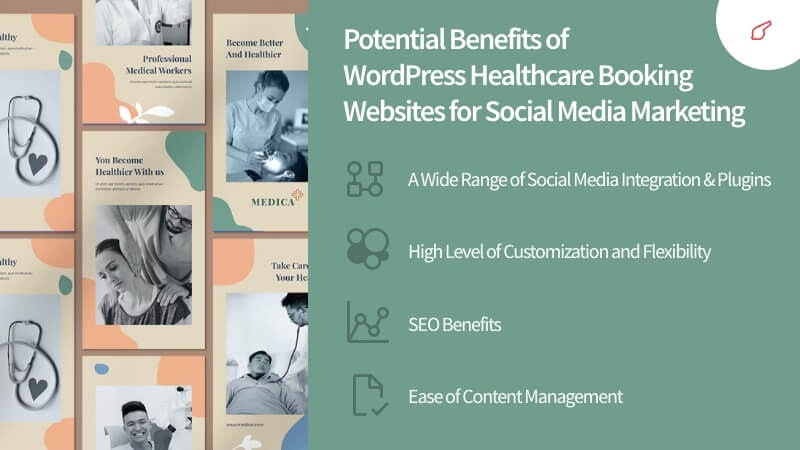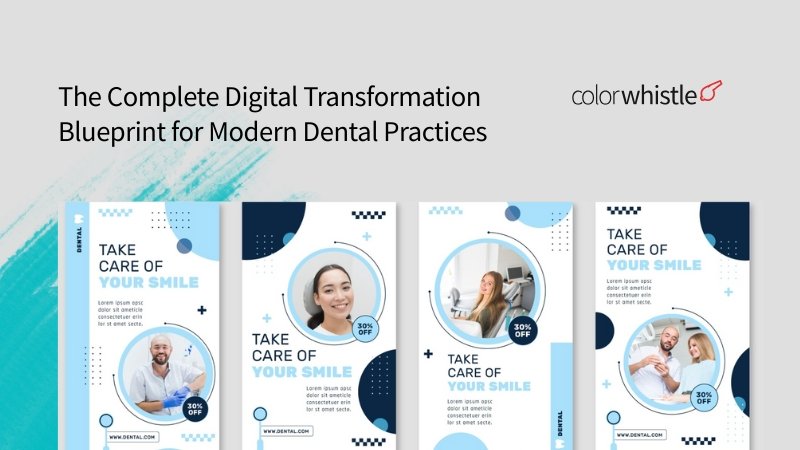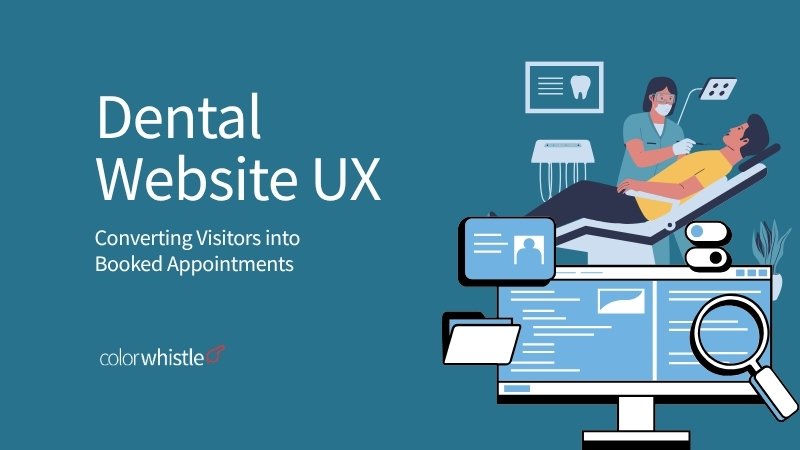Imagine this: You’re managing a WordPress healthcare booking site, designed to help patients easily book appointments. The site is user-friendly, and the services are top-notch, but there’s one challenge—you need to reach more people and increase your bookings. That’s where social media comes in.
Did you know that 73% of marketers believe that social media marketing has been “somewhat effective” or “very effective” for their business? In the healthcare industry, where trust and accessibility are crucial, leveraging social media isn’t just an option—it’s a necessity.
Whether you’re doing it yourself or partnering with a social media marketing agency, the right strategies can significantly boost your site’s visibility and engagement. In this guide, we’ll dive into top social media tips specifically designed to help you promote your WordPress healthcare booking site and connect with your audience in meaningful ways.

How WordPress Healthcare Booking Websites Can Benefit Your Social Media Marketing
- A Wide Range of Social Media Integration and Plugins – Helps in automating the process of sharing blog posts, updates, and other content to various social media platforms, saving time and effort.
- High Level of Customization and Flexibility – Helps in creating a visually appealing website and blog content that resonates with your social media audience.
- SEO Benefits – Improved SEO can increase organic traffic and potentially better social media engagement.
- Ease of Content Management – Makes it easier for healthcare providers or marketing teams to deliver fresh and valuable content regularly.
- Enhanced User Engagement – Through Blogging: Easily shareable blog content from your WordPress site boosts engagement and drives traffic from social media.
- Mobile Responsiveness – A mobile-friendly site ensures smooth browsing for users coming from social media, increasing conversion rates.
Also Read
TIP#1 – What You Can Do: Choose the Right Social Platform for Your Healthcare Booking Website
Choosing the right social media platform is crucial as it directly impacts your reach, engagement, and overall marketing success.
Each social media platform has its unique audience demographics, content formats, mood, and user behaviors. Understanding these differences will help you focus your social marketing on health promotion efforts where they are most likely to yield the best results.
| Factors | YouTube | ||||
|---|---|---|---|---|---|
| Audience Demographics | Various age groups | Selective audiences | B2B networking | Mostly younger audiences | Various age groups |
| Visual Content | Yes | Yes | Yes | Yes | Yes |
| Long-Form Content | Yes | Yes | Yes | No | Yes |
| Platform Engagement and Interactivity | Fostering communities and discussions | News and Updates | Fostering communities and discussions | News and Updates | Fostering communities and discussions |
| Advertising and Budget | Min. $500 /m | Min. $500 /m | Min. $1000 /m | Min. $500 /m | Min. $1000 /m |
Ultimately, it is not necessary to be present on every social media platform. Focus on a few platforms that align best with your target audience and content strategy. Believe it or not, one survey suggested 97% of social media users in the USA chose Facebook to access health-related information.
TIP#2 – What You Should Do: Define the Right Content Strategy on Social Media
Your social media content strategy should align with the overall healthcare marketing goals and the unique characteristics of each social platform. Here’s an elaboration on creating a content strategy for social media marketing for healthcare:
Diversify Content Types:
Mix up your content strategy to keep your audience interested, like
- Informative Blog Posts: Share healthcare tips, news, and updates relevant to your target audience.
- Visual Content: Use images, infographics, and videos to convey information and make your content more shareable.
- Patient Testimonials: Showcase positive patient experiences and outcomes to build trust.
- Educational Content: Offer insights into medical conditions, treatment options, and healthy lifestyle choices.
Maintain Consistency:
- Establish a consistent posting schedule to keep your audience engaged. Consistency builds trust and reinforces your brand image.
- Use social media management tools to schedule posts in advance and ensure regular updates.
Integrate Social Proof:
- Integrate social proof elements such as patient testimonials, before-and-after photos, case studies, and positive reviews into your content strategy.
- These social proofs validate the effectiveness and quality of your healthcare services, building trust and credibility with potential patients.
Also Read
Incorporate Calls-to-Action (CTAs):
- Encourage your audience to take action by including clear and compelling CTAs in your social media posts.
- For example, invite them to book an appointment, download a healthcare guide, or subscribe to your newsletter.
Use Hashtags Wisely:
- Hashtags help your content reach a broader audience.
- Research relevant and trending hashtags in the healthcare industry to increase visibility.
- Avoid overusing hashtags, and ensure they are relevant to the content. Threads by Meta is yet to enable hashtags!
A/B Testing:
- Experiment with different content formats, posting times, and messaging through A/B testing.
- This allows you to refine your content strategy based on data-driven insights.
Did you know?
We suggest healthcare booking websites follow different content strategies based on the perceived mood of a particular social media platform.
Take a cue from Cloudera’s social media strategy – on Instagram, they talk about work-life balance to build employee brand, whereas on LinkedIn, they talk business, conduct live webinars from industry leaders, and post thought leadership content.
TIP#3 – What You Need To Do: Engage With Your Audience
Beyond social media posts, focus on building relationships with your audience. Engage with influencers, respond to reviews, and foster a positive online community. Show genuine interest in their concerns and feedback to build a positive relationship.
After all, strong relationships will lead to brand loyalty and word-of-mouth referrals. Here’s a more detailed explanation of how to effectively engage with your audience:
- Social Listening: Use social listening tools to track mentions and conversations about your brand, industry trends, and competitor activities.
- Respond Promptly: Prompt responses show that you value your audience’s input and are committed to providing excellent customer service.
- Personalize Communication: Whenever possible, address users by their names and tailor your responses to their specific questions or concerns.
- Be Authentic and Transparent: Admit mistakes if they occur and be willing to address any issues or concerns openly.
- Encourage Engagement: Create content that encourages interaction and engagement. Ask questions, run polls, and host Q&A sessions, and live sessions to prompt your audience to participate and share their opinions.
- Integrate Conversational AI: Enhance your customer support with adaptive AI chatbots that can be integrated with social media business profiles.
Virtual Reality and Augmented Reality (VR/AR) are emerging trends in marketing for healthcare. You can provide immersive experiences for patients to showcase their facilities, virtual tours, provide patient education and even offer remote consultations.
TIP#4 – What You Must Do: Track and Analyze the Performance of Healthcare Social Media Campaigns
By monitoring key metrics and analyzing the data, you can identify what works well, what needs improvement, and how to optimize your healthcare social media marketing for better results. Here’s a comprehensive guide on tracking and analyzing your performance
Define Key Performance Indicators (KPIs):
- Start by determining the specific metrics that align with your social media marketing goals. Common KPIs include:
- Engagement Metrics: Likes, comments, shares, and reactions to your posts.
- Reach and Impressions: The number of unique users who have seen your content (reach) and the total number of views (impressions).
- Click-Through Rates (CTR): The percentage of users who clicked on a link or CTA in your posts.
- Conversion Rates: The percentage of users who completed a desired action, such as booking an appointment or downloading a guide.
- Follower Growth: The rate at which your social media followers increase over time.
Also Read
Set Up UTM Parameters:
- Use UTM (Urchin Tracking Module) parameters when sharing links on social media to track traffic and conversions back to specific posts or campaigns.
- UTM parameters can be set up using tools like Google Analytics.
Monitor Website Analytics:
- Analyze your website analytics data to understand how social media drives traffic and conversions.
- Use Google Analytics or other website analytics tools to track referral traffic from social media platforms and identify which social media channels generate the most valuable traffic.
Compare Performance Over Time:
- Track performance metrics over different periods to identify trends and patterns.
- Compare week-to-week, month-to-month, or year-over-year data to understand seasonal variations and long-term progress.
Analyze Top-Performing Content:
- Identify the types of content that perform best on each social media platform.
- Determine which posts generate the highest engagement and conversion rates.
- Use this information to inform your content strategy and create more of what resonates with your audience.
ROI Analysis:
- Calculate the return on investment (ROI) for your social media marketing efforts.
- Measure the cost of running campaigns versus the revenue generated through bookings and other conversions.
TIP#5 – What You May Do: Leveraging Influencer Marketing with Ethical Considerations
Ethical influencer collaborations can enhance your brand’s reputation, foster trust with potential patients, and drive positive results for your WordPress healthcare booking site.
Social media guidelines mandate proper disclosure of paid partnerships. In contrast. this only builds trust with the audience and avoids misleading them.
Commit yourself to the following healthcare influencer marketing guidelines:
- Refrain from engaging in exploitative practices, such as compensating influencers based on the number of sales they generate rather than their actual influence and content quality.
- Give influencers creative freedom to maintain authenticity in their content.
- Ensure that influencers do not make false claims about your healthcare services or products.
- If an influencer’s content includes patient stories or experiences, ensure that patient privacy is respected and no personal health information is shared without proper consent.
Successful Social Marketing by Healthcare Booking Sites
Take a look at some successful examples of healthcare booking websites that have leveraged social media to connect with their target audience. These websites have increased brand awareness, generated leads, and improved their bottom line with consistent healthcare social media campaigns.

Consult a Healthcare Social Media Marketing Company
While the core principles of social media marketing remain consistent across platforms, the choice of a website platform (WordPress or other healthcare-specific platforms) can affect the ease of content management, SEO capabilities, and integration options.
Assess your specific requirements, budget, and long-term goals when deciding on the best platform for your healthcare booking site and how to approach your social media marketing efforts.
At ColorWhistle, we have in-house experts to run successful healthcare marketing campaigns, be it on social media and other channels. More so, we are just a call or message away to discuss your requirements.
Feel free to write to us or call us at (+1 (210) 787-3600) anytime!
What’s Next?
Now that you’ve had the chance to explore our blog, it’s time to take the next step and see what opportunities await!





